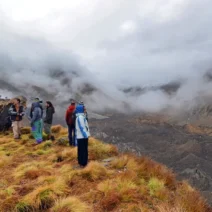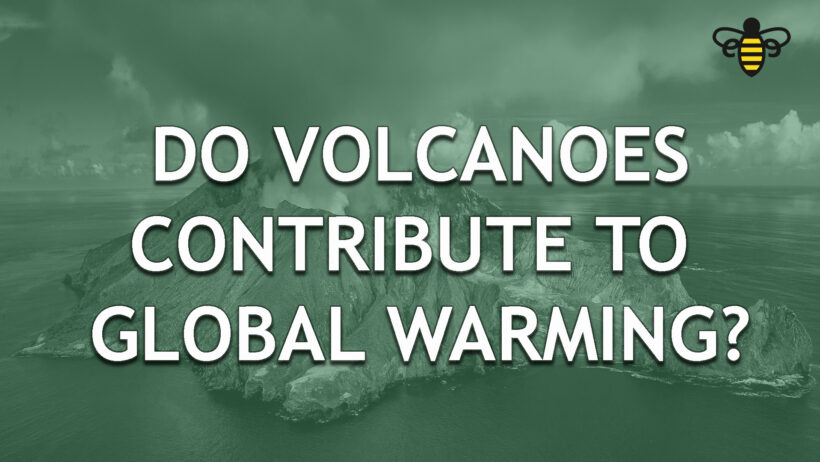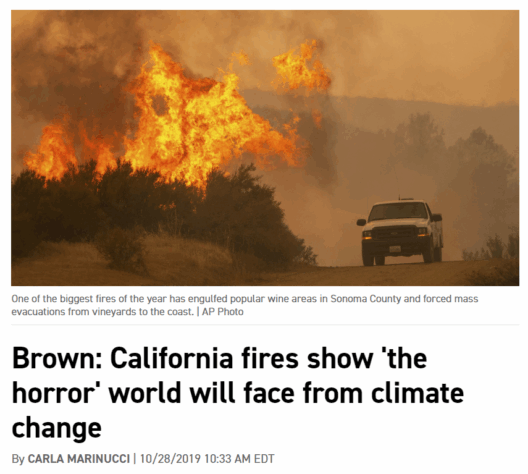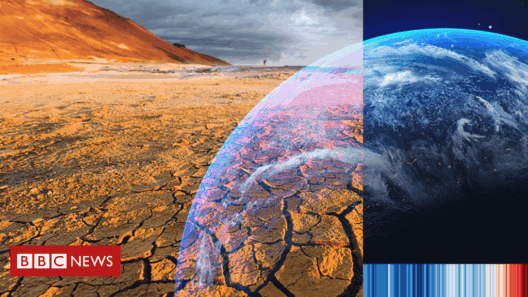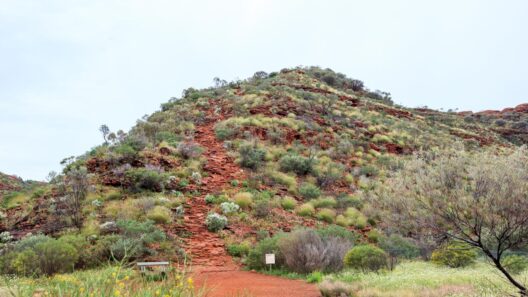Volcanic eruptions have long captivated the human imagination, often viewed as awe-inspiring displays of nature’s ferocity. In addition to their geological significance and cultural impact, these natural phenomena hold profound implications for our planet’s climate system, particularly concerning global warming. The crux of the discussion lies in understanding how volcanic activity influences atmospheric composition, temperature fluctuations, and, ultimately, climate patterns.
To grasp the relationship between volcanic eruptions and climate change, one must first acknowledge the substances emitted during eruptions. When a volcano erupts, it releases a complex mixture of gases and particulates into the atmosphere. Among the most notable of these are carbon dioxide (CO2), sulfur dioxide (SO2), and ash. While it may be intuitive to categorize volcanic eruptions as primarily contributors to carbon emissions, the reality is much more nuanced.
Carbon dioxide is a potent greenhouse gas, and its accumulation in the atmosphere is closely linked to global warming. Volcanic eruptions release substantial amounts of CO2, albeit far less than human activities such as fossil fuel combustion. However, the emissions from these eruptions can still contribute to the warming process, especially when considered cumulatively over extensive geological timescales. Yet, this influence is merely part of the broader interaction between volcanic activity and climate.
Sulfur dioxide, on the other hand, presents a stark contrast to CO2 regarding its climatic impact. When sulfur dioxide is emitted into the atmosphere, it undergoes a series of chemical reactions, ultimately leading to the formation of sulfate aerosols. These aerosols have a reflective quality that can actually cool the Earth’s surface by increasing the albedo effect—essentially bouncing sunlight back into space. Notable eruptions, such as Mount Pinatubo in 1991, have been shown to induce short-term cooling effects on a global scale, demonstrating volcanoes’ double-edged sword role in climate dynamics.
In addition to gas emissions, the particulate matter spewed during a volcanic eruption can also have significant climate repercussions. Ash particles can remain suspended in the atmosphere for extended periods, shaping weather patterns and contributing to temperature variations. The diversity in particle size, shape, and chemical composition can lead to complex atmospheric interactions, highlighting the multifaceted nature of volcanic impacts.
Despite these short-term cooling effects, the long-term consequences of volcanic eruptions in relation to climate change are often exacerbated by the persistence of greenhouse gases. The increase in CO2 levels from volcanic activity does not vanish immediately; rather, this contributes cumulatively to the background levels of greenhouse gases, underpinning global warming trends. This dynamic prompts an essential conversation about volcanic eruptions not simply as isolated incidents, but as part of the larger anthropogenic climate crisis.
Another fascinating aspect of volcanic activity is its role in shaping Earth’s geological and biological landscapes over millennia. The release of nutrients from volcanic eruptions aids in fertilizing surrounding land, allowing ecosystems to flourish. This interaction underscores the intricate relationships between geological processes, atmospheric changes, and ecological development. While new growth may occur in the wake of destruction, it is crucial to acknowledge the broader context of climate impacts, especially as modern anthropogenic actions drastically alter the pace and nature of these natural processes.
Interestingly, there are records that show substantial volcanic eruptions coinciding with periods of climate temperature fluctuations throughout history. The Little Ice Age, for instance, has been partially attributed to increased volcanic activity, which led to cooling conditions in the Northern Hemisphere. The intricate dance between volcanic eruptions and climatic shifts illustrates how natural events can have cascading effects on global temperatures, impacting everything from agricultural yields to oceanic currents.
As anthropogenic climate change continues to accelerate, the study of volcanic contributions becomes increasingly paramount. The interplay between natural volcanic emissions and human-induced greenhouse gases requires ongoing research to better understand how volcanic activity may modulate or exacerbate existing climate conditions. Policymakers and scientists must consider these natural factors when designing climate mitigation strategies.
The fascination with volcanoes extends beyond mere observation; it is a gateway to understanding the planet’s complex systems. As natural laboratories, volcanoes offer unique insights into Earth’s dynamic processes, revealing how interconnected our environmental systems truly are. The myriad effects of volcanic activity—ranging from short-term cooling effects due to aerosols to long-term warming from carbon emissions—paint a multifaceted picture of how our planet’s climate operates.
In conclusion, volcanic eruptions serve as a compelling reminder of nature’s power and complexity. They contribute to global warming through greenhouse gas emissions, yet offer a duality in their cooling effects via sulfate aerosols and ash. Moving forward, a nuanced understanding of these phenomena is essential for addressing climate change. As the world grapples with rising temperatures and shifting weather patterns, recognizing the role of volcanic activity within the larger environmental context is crucial. The engagement with these natural forces not only enlightens our understanding of climate systems but also galvanizes action toward a sustainable future.

